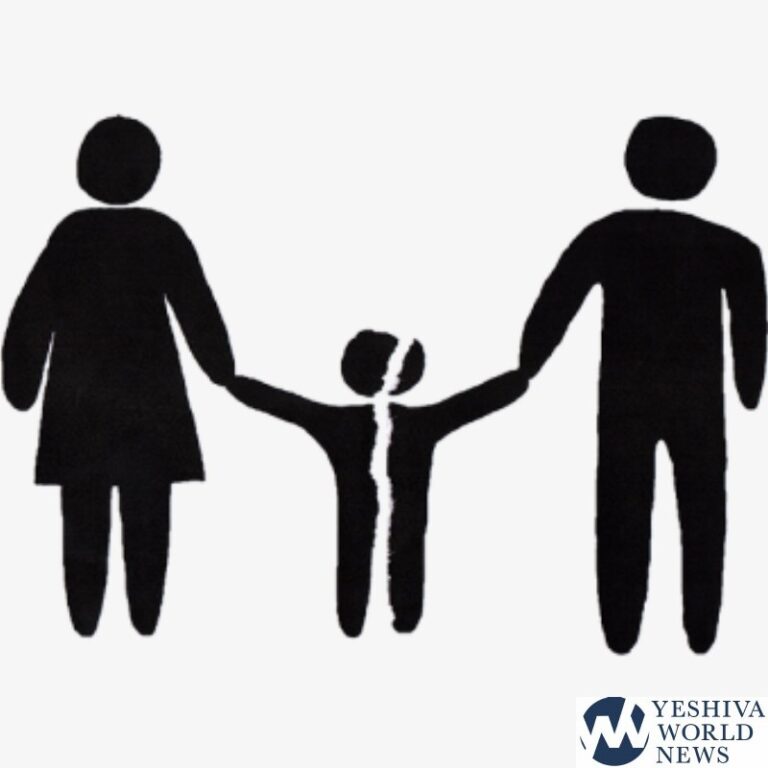 By Rabbi Yair Hoffman for the Five Towns Jewish Times
By Rabbi Yair Hoffman for the Five Towns Jewish Times
According to Torah law, we can dispose of our Chometz before Pesach either by Biur—destruction or by Bitul—negation. By Rabbinic law, we must do both. We are all familiar with the text, we recite it in the evening after the search for Chometz, and again in the morning while we burn it.
WORDING NOT FOUND
What is perhaps shocking is that nowhere in the Babylonian Talmud is this formulation found. There is certainly an obligation to annul the Chometz, but it seems from the Gemorah (See Psachim 6b) that this is a thinking process that did not necessarily have to be verbalized.
RAMBAN’S VIEW – NO NEED TO VERBALIZE
The Ramban actually rules that one does not require a verbal declaration (See Ramban, Psachim 7a, 31b ). The Jerusalem Talmud (Psachim 2:2), however, states just the opposite. There, Rav is quoted as ruling that one must recite the formula “All Chometz that is in my house that I am not aware of shall be annulled.”
ROSH AND RIF’S VIEW – MUST BE VERBALIZED
The Rosh and the Rif, however, explain our Gemorah as stating that the annulment does require an actual verbal formulation.
THE FOUR CHANGES BETWEEN THEN AND NOW
The Rosh and Rif differ slightly as to the exact verbal formula from the one found in the Jerusalem Talmud. There are actually four changes:
1] The first change is that the entire formula is no longer in the clear Hebrew that we find in the Jerusalem Talmud. The formula is now in Aramaic.
2] Another change is that the words in my house are now changed to in my domain.
3] The wording “that I am not aware of” is also changed to “That I have seen or have not seen, that I have destroyed or have not destroyed.”
4] In addition, the Rif adds the words “shall be annulled like dust” while the Rosh adds “shall be annulled like dust of the earth.”
WHERE DID THE CHANGES COME FROM?
Where did these changes come from and who made them? The Rishonim all point to the previous generation of Torah scholars – the Gaonim.
WHY WERE THEY MADE?
The reason for the first change is the subject of debate. The Ramah in his Darchei Moshe writes that it was for masses of people that were not fluent in Hebrew. During the times of the Gaonim, Aramaic was the prevalent language understood by all.
ETHICAL REASON
Rav Yosef Teomim, however, in his commentary on the Mogen Avrohom cites the Ohr Zarua as stating an entirely different reason. The Gaonim were concerned with the effects that destroying bread, upon which man subsides, could have upon people. Had the annulment of bread been stated in Hebrew – an important language, the import of bread in the eyes of the people would be diminished. [As a parenthetic note, This explanation underscores the remarkable sensitivity and appreciation that the Torah desires us to develop within ourselves.] The Vilna Gaon adds that Chamira is not merely an Aramaic translation of the Hebrew term Chometz, it encompasses both Chometz and Seor.
There is another reason cited for the change to Aramaic. The Eliyahu Rabbah cites the reason that the Mazikim – negative spiritual forces – would understand it in Hebrew and would attack. We thus recite it in Aramaic so that they will be unaware of it. [One could perhaps ask that the Zohar in Parshas Trumah 129b indicates that negative spiritual forces do understand Aramaic, too].
The second change simply extended the boundaries of what the formulation applied to. Now it was no longer just limited to the house but included the Babylonian office buildings and ancient camel-packs (somewhat akin to the modern car trunk).
The third change clearly adds the incompetent burners on the morning of Erev Pesach who mess up on destroying the Chometz. They mess up by either not taking the bread out of the foil or including too much Chometz or simply not attempting to burn it thoroughly.
The fourth change perhaps more vividly illustatres to the reciter of the formula what annulment actually means. The Gaonim could have felt that the term annulment may have been too abstract a concept to the average Jew and thus provided a more detailed and vivid understanding of it by including the words like dust or like the dust of the earth.
CAN THE BITUL BE DONE THROUGH A SHLIACH?
Another question that exists in regard to the annulment is whether the Bitul can be annulled through a Shliach, through a messenger. The Baal HaIttur holds that since a messenger is like the person throughout the entire Torah, a messenger can annul the Chometz of someone who sent him. The Rashba, the Ritva and the Nimukei Yoseph disagree and write that the actual owner of the Chometz must be the one who annuls it. The TaZ rules in accordance with the lenient opinion and states that someone who does utlize a messenger to annul, in all probability, has a reason for it. He is concerned that he may become busy or simply forget to annul it. His father-in-law, the Bach, however, was stringent.
From a drasha point of view, we know that Chazal explain that Chometz also represents the specific Yetzer HaRah of consumption. Perhaps the Rabbinic requirement to perform both Bitul and Biur can reflect the idea that we need every tool possible in which to battle this Yetzer HaRah. We should work to destroy the proclivity toward it within us. There is also another approach. We should ignore and negate it too. In this manner we can achieve the true freedom inherent in the Pesach holiday as defined by the Alter of Slabodka, the freedom from the slavery of consumptive desires to do that which Hashem truly desires of us.
The author can be reached at [email protected]










